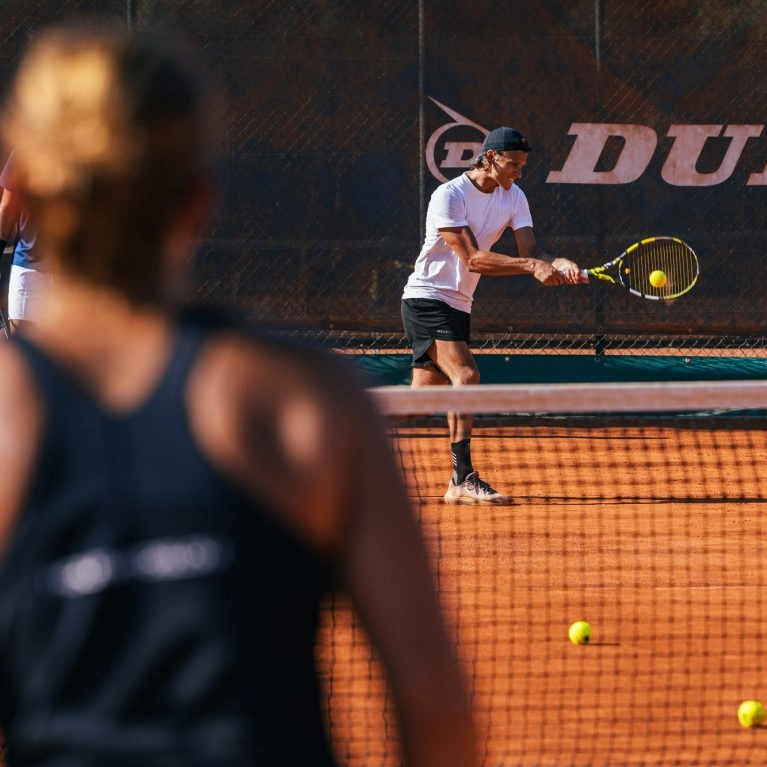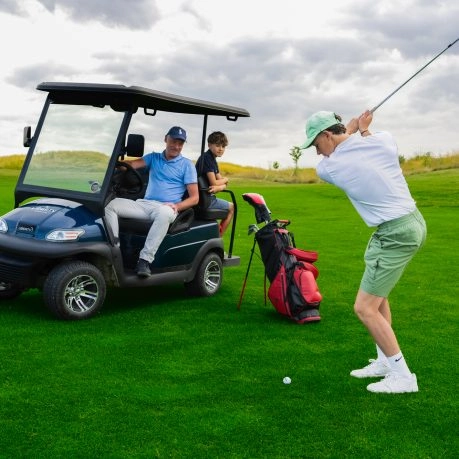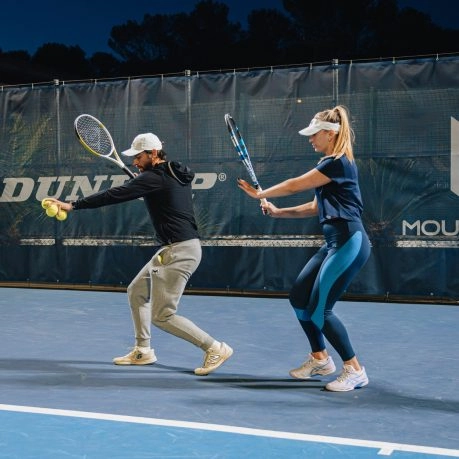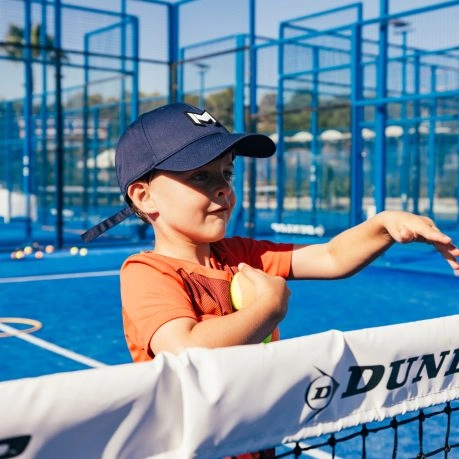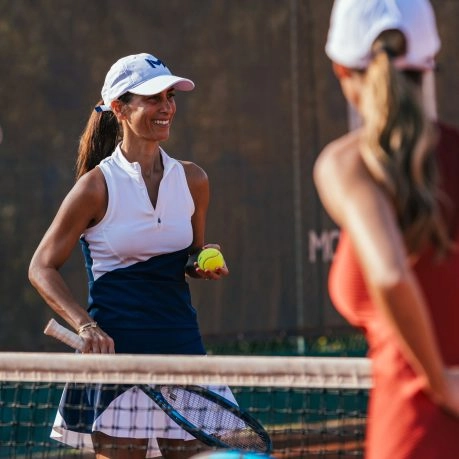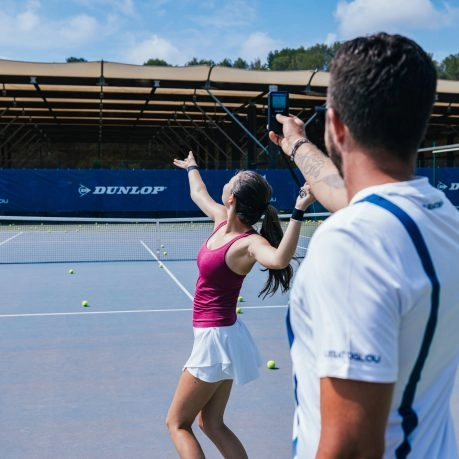
Palm, the ancestor of tennis, is a sport in which every point, every exchange and every decision is based on a well-defined framework. Each match follows a specific structure, with players competing against each other by accumulating points, which in turn are used to win sets. Depending on the format of the match the number of sets needed to win can vary, which has an influence on the length of the match and how effort is managed. Mastering this not only allows you to progress technically, but also to improve your strategy on the court.
Maîtriser les Règles du Jeu : Score et Déroulement
Chaque match de tennis est un récit structuré par des règles précises, que la partie se joue en simple ou en double. Tout commence par le service, le seul coup qui lance le point et dont les contraintes doivent être parfaitement maîtrisées. S’ensuivent les échanges, le cœur du jeu, où les joueurs se disputent le terrain jusqu’à la faute. Enfin, la progression est marquée par le score et son comptage si particulier (15, 30, 40), qui rythme chaque jeu, chaque set et chaque match. Comprendre comment ces éléments s’articulent est la base de toute stratégie.
Mistakes not to be made
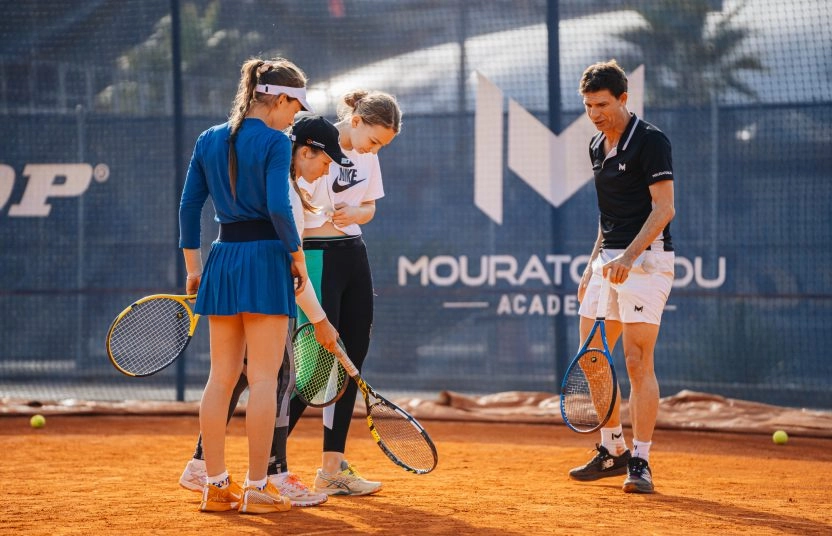
Here are a few mistakes to avoid:
Service fault: If the ball does not touch the authorised area or if the player crosses the baseline before hitting the ball. After two consecutive errors, the point is automatically given to the opponent. This is called a double fault.
Fault during the rally: A player can lose a point if he hits the ball out of bounds, i.e. if it stays in the net, or if he lets the ball bounce twice before returning it.
Time management: Tennis imposes a time limit between each point. A player who takes too long between serves or games may receive a warning or even a penalty.
The play area
In tennis, knowledge of surfaces is essential. Each type of court not only imposes different playing strategies, but also determines the specific techniques to be respected, such as bounce conditions, ball behaviour and player movement. Knowing what type of surface you’re playing on is therefore one of the fundamentals you need to master to adapt effectively in a match.
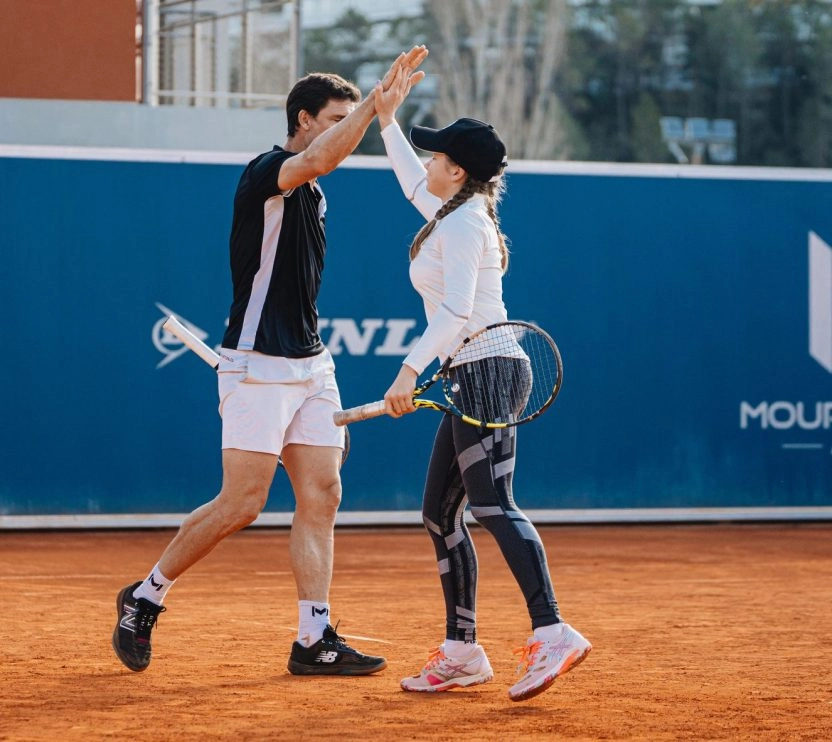
The court surface has a direct influence on the speed of play, the length of exchanges and the strategy to adopt.
The main surfaces encountered are :
- Clay: this is the iconic surface, offering high rebounds and longer rallies. Used in particular at Roland Garros.
- Grass: a fast surface with low bounces, favouring attacking play. Wimbledon is the most famous example of a tournament played on grass.
- Hard: a versatile, even surface, suitable for all styles of play. TheAustralian Open andUS Open are played on this surface.
- Synthetic: artificial surfaces often used indoors or in private clubs.
The Grand Slam tournaments therefore use different surfaces, influencing the strategy and style of play of the players at the highest level.
Whatever the surface used (clay, grass, hard or synthetic), the dimensions of a tennis court always remain the same:
- Length: 23.77 metres
- Width for singles: 8.23 metres
- Double width: 10.97 metres
Each type of surface affects the speed of play, bounce andmaintenance of the court, but not its dimensions.
To find out more: Discover the different types of tennis surface
Conclusion
The rules of tennis are designed to ensure a balanced and structured game. Whether it’s learning how to count points, avoid a fault or master the serve, every player needs to assimilate these fundamentals to progress and improve his or her level of play.
FAQ!
-
The server has two attempts to ensure a balance between attack and regularity. Without this rule, the server should always favour a safe serve, thus reducing the dynamics of the game.
The first serve is often powerful and risky in order to gain an advantage.
The second serve is more secure to avoid a double fault.
This rule makes for more varied and tactical exchanges, limiting the number of points won solely on unforced errors.
-
- Vary the effects: Alternate lifts, slice and flat shots to disrupt your rhythm.
- Change the rhythm: Mix fast shots with slower balls to break the momentum.
- Playing with angles: Widen the court with cross-court shots to force your opponent to move.
- Get to the net: Take the initiative with aggressive volleys to shorten exchanges.
- Exploiting weaknesses: If a player has a weaker backhand, emphasise that side.
- Concentration and adaptation are essential to impose your game and dominate a match.
-
Le système de score au tennis est unique. Le premier point remporté est “15”, le deuxième “30”, et le troisième “40”. Pour gagner un “jeu”, il faut remporter le point suivant. En cas d’égalité à 40-40, appelée “égalité”, un joueur doit gagner deux points consécutifs pour remporter le jeu. Un “set” est gagné lorsqu’un joueur atteint six jeux, et si le score atteint 6-6, un “tie-break” est joué pour départager les joueurs.
-
Les joueurs changent de côté à la fin de chaque jeu impair (après le premier jeu, le troisième, etc.). Ce changement permet de garantir l’équité en neutralisant les avantages que pourraient procurer certaines conditions extérieures. Par exemple, le vent peut favoriser un joueur, ou l’orientation du soleil peut gêner la visibilité d’un côté du court.
-
Pour bien débuter, l’idéal est de suivre une approche structurée en se concentrant sur les trois piliers fondamentaux du jeu. Commencez par :
- Maîtriser les règles et le score : C’est la base pour comprendre le déroulement d’un match , du système de points unique (15, 30, 40) à la façon de remporter un set.
- Identifier les fautes : Savoir pourquoi un point s’arrête est essentiel, qu’il s’agisse d’une faute de service ou d’une balle frappée hors des limites du terrain pendant l’échange.
- Comprendre les surfaces : Réaliser qu’une balle rebondit différemment sur terre battue, gazon ou dur vous aidera à mieux lire le jeu et à comprendre les stratégies des joueurs.
Une fois ces bases acquises, la meilleure façon de progresser est de mettre la théorie en pratique sur le court.
